
Dr. Prachi Patel
Posts
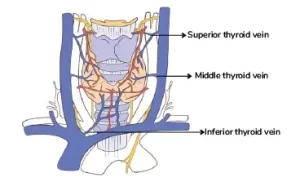
Superior Thyroid Vein
Introduction The superior thyroid vein is an important vascular structure within the neck that plays a critical role in venous drainage. It originates from the...

Middle Thyroid Vein
The middle thyroid vein is an important vascular structure associated with the thyroid gland. It serves as a key drainage pathway for venous blood from...
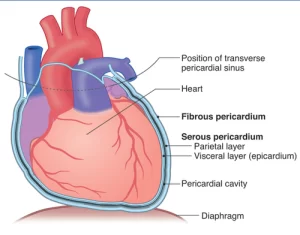
Pericardial Vein
What is the Pericardial Vein? Although the period “pericardial vein” is not always used in conventional anatomical terminology, it’s far considered barely much less traditional....
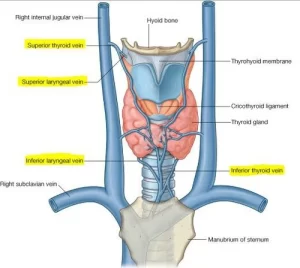
Laryngeal Vein
Introduction The laryngeal veins are important additives of the venous drainage device of the larynx, which is a key discernment within the respiration and vocal...
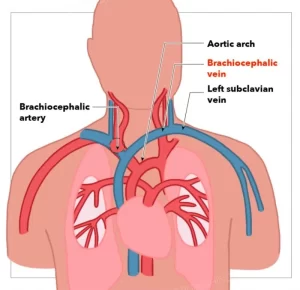
Brachiocephalic Vein
Introduction The brachiocephalic vein, also known as the innominate vein, is a crucial component of the venous system in the human body. It plays a...
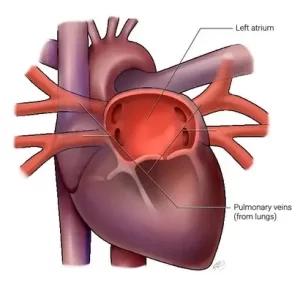
Pulmonary Vein
Introduction The pulmonary veins are a group of blood vessels that play a crucial role in the circulatory system. The transport of oxygenated blood in...

Oblique Vein of the Left Atrium
Introduction The human heart’s oblique vein of Marshall (OVM), on the odd occasion referred to as the left atrium’s oblique vein, is fascinating despite having...
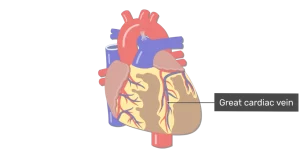
Great Cardiac Vein
Introduction The great cardiac vein is a significant anatomical feature of the heart’s venous system, playing a crucial role in the circulation and function of...
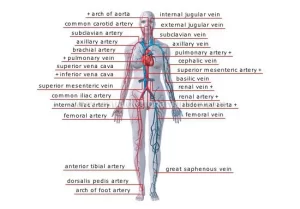
List of Veins of the Human Body
Introduction Veins are a vital component of the circulatory system, working alongside arteries and capillaries to facilitate the circulation of blood throughout the body. In...

Doxacurium Chloride
Introduction Doxacurium chloride is a medication used in the field of anesthesia and critical care to induce muscle relaxation or paralysis during surgical procedures or...
